Meeting Alberto Matrone in a corner of the stand of HMD Global, the one dedicated to new products Nokia launched at MWC 2022: Nokia C2 2nd edition, Nokia C21 e Nokia 21 Plus. They are all low-end products, with prices ranging from 109 to 149 €. A curious choice given that companies tend to take advantage of the Barcelona fair to present their top of the range or mid-range products that are considered flagship killers, i.e. cheaper devices but with premium features, capable of giving a hard time to smartphones that may cost double or even triple.
Matrone, Vice President Eastern Europe of HMD Global, he explains to me that the new arrivals are part of a broader strategy. There is no desire to amaze with special effects but to offer consumers a wide range of products, – ranging from feature phones, such as Nokia 105, to flagships, such as Nokia XR20 – that can satisfy all needs and all consumers.
Products and services: two sides of the same coin
Alberto Matrone, Vice President Eastern Europe of HMD Global,
Smartphones are only part of the HMD Global world: “Right now we are developing products and serviceswhich we have already introduced and will continue to introduce – Alberto Matrone tells me – We have l’HMD Soft Lock, protection for products that are, for example, leased. So I sell you the product with a monthly base fee, with this Soft Lock that helps you to initially unlock the product, however, if you do not pay the monthly installment, it will be blocked. “
The Soft Lock is obviously not a direct service to the consumer but a functionality that brings Nokia closer to the business world, sector in which – says Matrone – the brand is growing significantly. The main reason is security: compared to its competitors, HMD Global tends to update its devices more often, faster and longer, making corporate phones much safer.
“The principle is very simple: we do not follow long procedures. – Alberto Matrone explains to me – When a patch arrives we do not certify it, we evaluate it and after three months we send it to the end customer. When it is available on Google it is tested on our terminals and is sent overnight. This is greater security for enterprises. And we are seeing great results. “
The idea of HMD Global therefore is that of match hardware to services, without forgetting the two pillars of the Nokia brand: the aforementioned security and solidity of the products.
“If you see all of our mid to high-end products, they have that added value, with 3-year OS upgrade, 3-year security patch, 3-year warranty. And in the 3 years I solve any technical problem, in the 3 years I will always have a platform update, I will always have monthly security updates. Among other things, with some companies we even reach a fourth year, including a guarantee. “
The data protection of those who choose Nokia is also vital: “Our datacenter, where we collect the data of all international customers, is located in Finland. With all the features required by Europe and Finland in terms of data protection. This is something we are trying to explain more and more to customers. Everything you share with us sits on a server in Finland that complies with all European regulations. “
Nokia and the chip crisis
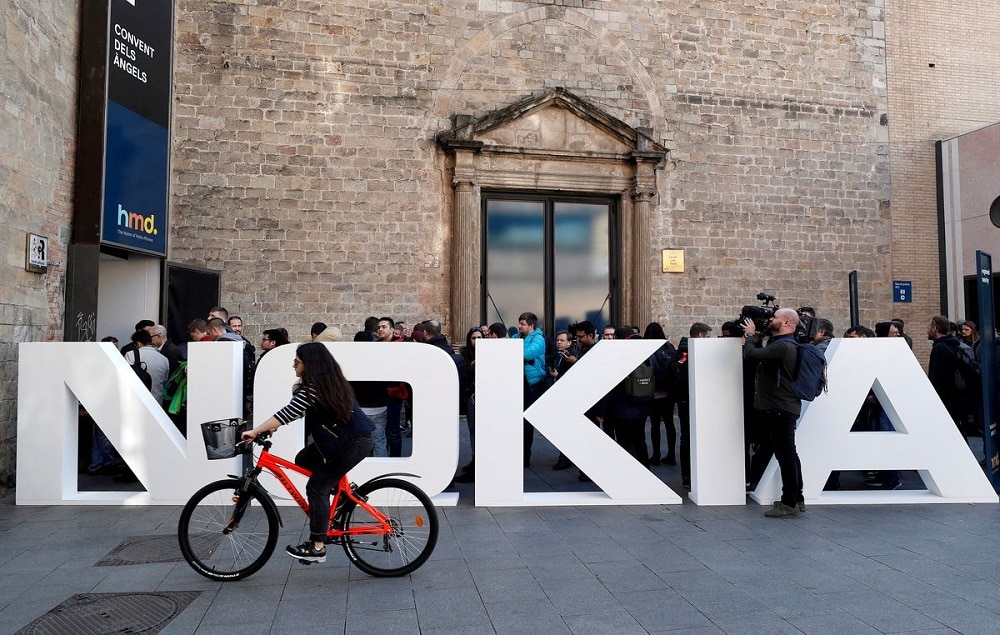
As Matrone tells me about Nokia’s achievements and future plans, I can’t help but wonder how HMD Global is doing. the chip crisis. In short, they presented three new products in Barcelona, which however will arrive on the market in April. It seems the sign of a production perhaps a little slowed down compared to the past.
“We too have absolutely suffered from this lack of chipsets – Alberto Matrone confirms – But I must say that we were able to plan adequately compared to what could have been the shortcomings. “
And then, the Vice President Eastern Europe of HMD Global points out to me, the Finnish company produces millions of feature phones which, combined with the smartphone world, make Nokia one of the most relevant brands in the world; this has allowed the company to always find everything it needs, albeit with some difficulty compared to the past.
From Nokia to HMD Global: what has changed?
Before saying goodbye to Matron, I take this opportunity to ask him how Nokia has evolved in recent years. After all, he was in Nokia when the company was still called that and then he joined HMD Global post-acquisition of the brand.
“I joined Nokia in 1991. We have followed all the development of the technology. We followed the development of 3G, we followed a market where there was a race for technology but also careful guidance from the big operators, who defined what the market implementations should be. Then there was an evolution in which the world of communications led him, in a different way, even social networks – he tells me – The important thing for me is that, if I go back to 1991 and see where we are today, I realize that, despite the pandemic and despite everything, we have had the development of 5G, and we are already talking about 6G. Together with 6G they bring you hyper-connected machines … In short, it is a world that has proven in over 30 years to be constantly evolving, constantly growing. Now it’s about doing more training and more move in an eco-sustainable perspective, which is the most important thing not for us, but for you, for your generation. “






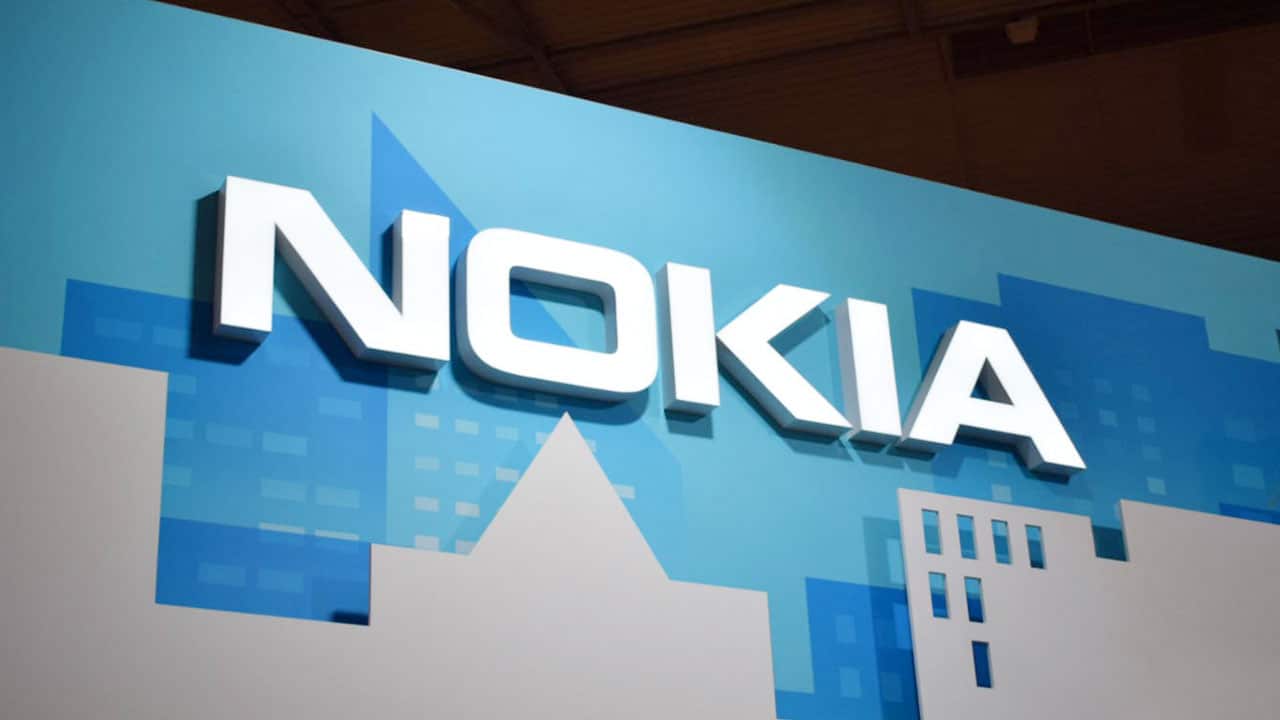
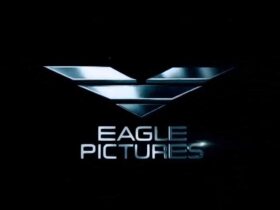
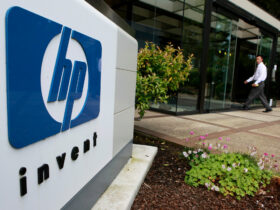
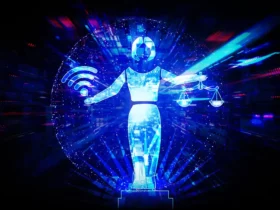
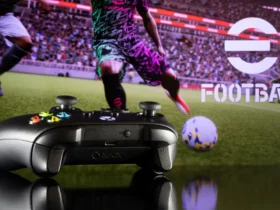

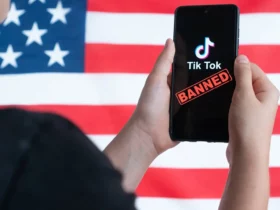
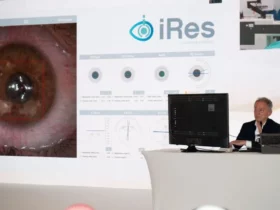
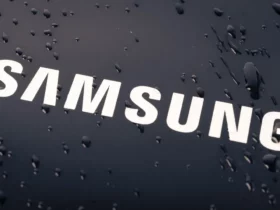
Leave a Reply
View Comments